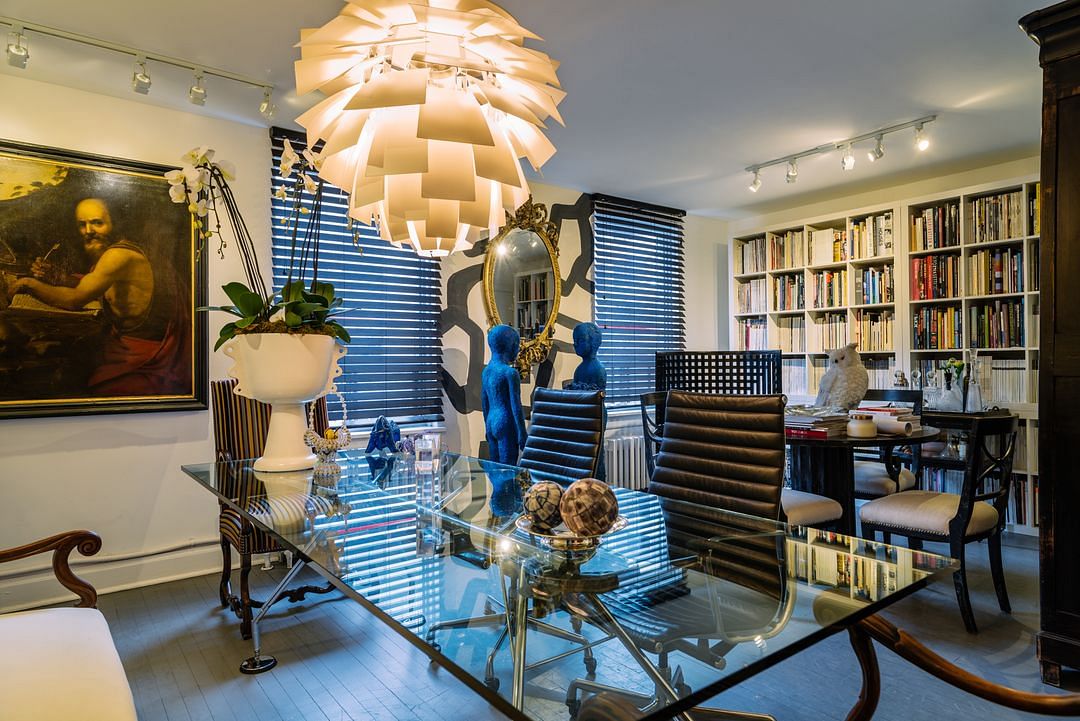
Creativity in design and architecture often go together to form the base of interior design. They design and give properties a polished and elegant look, while balancing functionality and adhering to building codes and standards.
Becoming an interior designer usually requires an understanding of theoretical concepts, including design theory, fine arts, and floor plan judgment.
A good interior designer has an eye for detail, while also possessing a thorough knowledge of materials, construction, planning, conceptualising, and execution.
Becoming an interior designer will offer you diverse opportunities in various industries.
Most of the time, interior designers are required to communicate, coordinate and negotiate with the clients directly. So excellent communication and people management skills are vital to maintaining good relations with the clients.
Interior designer professionals can find employment in top corporate companies, interior designing companies, or set up their design firms. Drawing a good salary depends on factors such as education, location, work experience, and the size of the company.
Perhaps most importantly, winning the favors of the potential employer by impressing them with one’s skills counts most in this profession.
Specialisations
Residential design: This is the most popular specialisation in interior designing. This involves studying areas that are encompassed within the house and providing effective space allocation and adding customised furniture.
Commercial interior design: This involves designing and space planning of offices, restaurants, hotels, institutions, entertainment centers, and libraries. The major challenge here is to create spaces that are aesthetically pleasing while retaining functionality.
Retail design: Specialists in this field are tasked with designing shop fronts, small shops, and big shops. It involves space planning, display design, store fixture design, and lighting design, which not just meet the needs of the client but are also planned with the users and customers in mind
Space planning consultant: This field involves space planning providing an adaptable interior design layout after identifying the client’s needs and space availability. This is especially important in urban cities and upscale localities, where space is a premium.
Lighting design: Lighting designer services is a rather specialised field, which includes developing lighting designs for residential and commercial projects. Choosing the types, styles, arrangement, and amount of lighting in an interior space can drastically transform its look as is a vital part of the profession.
Challenges
Managing Time: Time management skills are of crucial importance for interior designers. Prioritising projects, sticking to schedules and budgeting the working hours are just some of the aspects one needs to consider.
Selling your big ideas: Planning something that does not exist, just by looking at a floor plan is not easy and requires a lot of skill. Selling it to the customer is another challenge by itself
Handling the accounts: Interior designers need to have a basic idea of accounting as they will need to manage books, invoices and purchase orders.
Matching client expectations: Being an interior designer means you are likely to meet clients with sky-high expectations. Managing expectations is key, but one should not get discouraged. Proper planning, working within the budget and maintaining timelines are some of the important things to consider.
Working within fast turnarounds: Tight turnarounds are the norm when you are an interior designer. It is essential to deliver quick and quality work each time to develop a trustworthy reputation in the market.
Proposing trends and style: Introducing the latest trends while maintaining a sense of timeless style is equally challenging and rewarding. Interior designers need to stay updated on the latest trends, choices and preferences.
(The author is the director of the School of Interior Design at a private university)